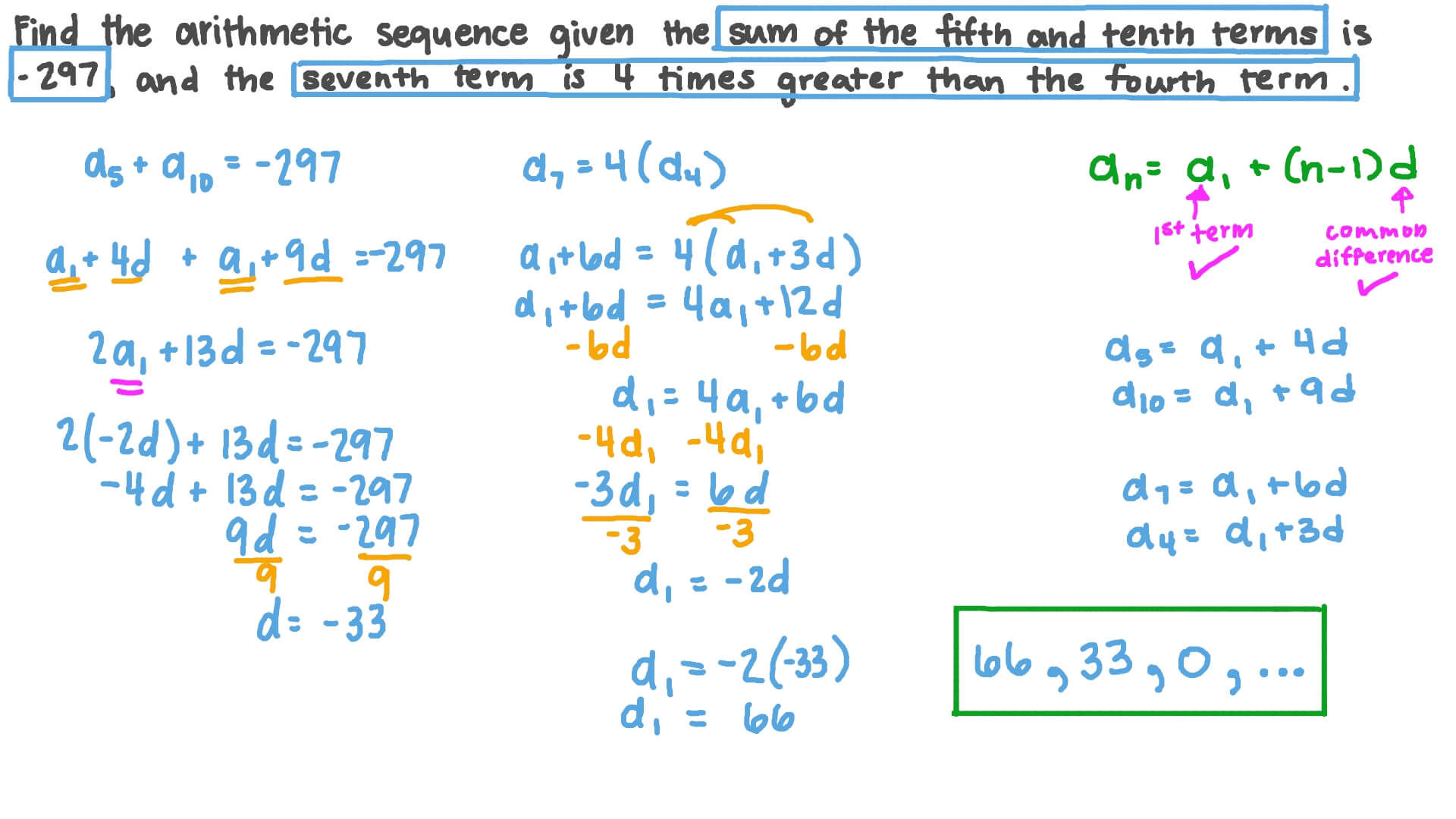
There was some grumbling at the time that such claims were disingenuous, but I argue that critics were seeing the glass as half empty. Such careful wording was intentional and served as a caveat about the Human Genome Project’s most treasured product.īut admittedly, amid the exuberant celebrations, a few of those leaders may have sounded like they were proclaiming, “We’re done we finished it our job is complete.” These hyperboles were really the champagne talking. In writing about their scientific accomplishment, project leaders chose their words carefully, reporting the generation of an “ essentially complete” human genome sequence. So victory was declared, the Human Genome Project was ended, and many celebrated the first sequence of the human genome. There were no immediate prospects for filling in the remaining bits because the technologies for sequencing DNA at that time were not up to the task. Two years later, using the best available technologies for sequencing DNA and pushing them to their absolute limits, the Human Genome Project delivered a remarkably high-quality human genome sequence that was nearly complete, accounting for more than 90 percent of the human genome. In 2001 the Human Genome Project and Celera Genomics each reported the generation of a draft sequence of the human genome to great fanfare. This reasoned approach prevented “perfection from becoming the enemy of the good.” While the aim was to be as comprehensive as possible, project leaders put practical bounds around that aspirational ethos and, in fact, did not envision keeping the project going until the order of all approximately three billion human DNA bases had been sequenced. The marquee goal of the Human Genome Project was to generate the first sequence of the human genome. It also relates to an always sought yet rarely attained ambition in science: the dream of completion. Understanding this new milestone requires an appreciation of the highly nuanced and often misunderstood signature product of the original endeavor. Wasn’t that already done? Well, yes and no. People may wonder how it is that scientists are claiming to complete the human genome sequence again. Scientists in the Telomere-to-Telomere (T2T) consortium have now reported the first truly complete sequence of a human genome, nearly two decades after the Human Genome Project produced the first (essentially complete) human genome sequence. After all, genomics is the study of all of an organism’s DNA: its genome. The minimum of the cache size is 2.A fundamental characteristic of the field of genomics is aspiring to be comprehensive. Specify the number of sequence values that Oracle will preallocate and keep in the memory for faster access. Use NOCYCLE if you want the sequence to stop generating the next value when it reaches its limit. On the other hand, when a descending sequence reaches its minimum value, it generates the maximum value. When an ascending sequence reaches its maximum value, it generates the minimum value. Use CYCLE to allow the sequence to generate value after it reaches the limit, min value for a descending sequence and max value for an ascending sequence. Use NOMINVALUE to indicate a minimum value of 1 for an ascending sequence or -10^26 for a descending sequence. The min_value must be less than or equal to the first_number and must be less than max_value. Specify the minimum value of the sequence. Use NOMAXVALUE to denote a maximum value of 10^27 for an ascending sequence or -1 for a descending sequence. The max_value must be equal to or greater than first_number specify after the START WITH keywords. Specify the maximum value of the sequence.

The default value of the first number is the minimum value of the sequence for an ascending sequence and maximum value of the sequence for a descending sequence. Specify the first number in the sequence. If the interval is negative, the sequence is descending e.g., -1, -2, -3 … If the interval is positive, the sequence is ascending e.g., 1,2,3,…

It also must be less than MAXVALUE - MINVALUE.

The interval can have less than 28 digits. Specify the interval between sequence numbers after the INCREMENT BY keyword. If you want to create a sequence in a specific schema, you can specify the schema name in along with the sequence name. Specify the name of the sequence after the CREATE SEQUENCE keywords. CREATE SEQUENCE schema_quence_nameĬode language: SQL (Structured Query Language) ( sql ) CREATE SEQUENCE


 0 kommentar(er)
0 kommentar(er)
